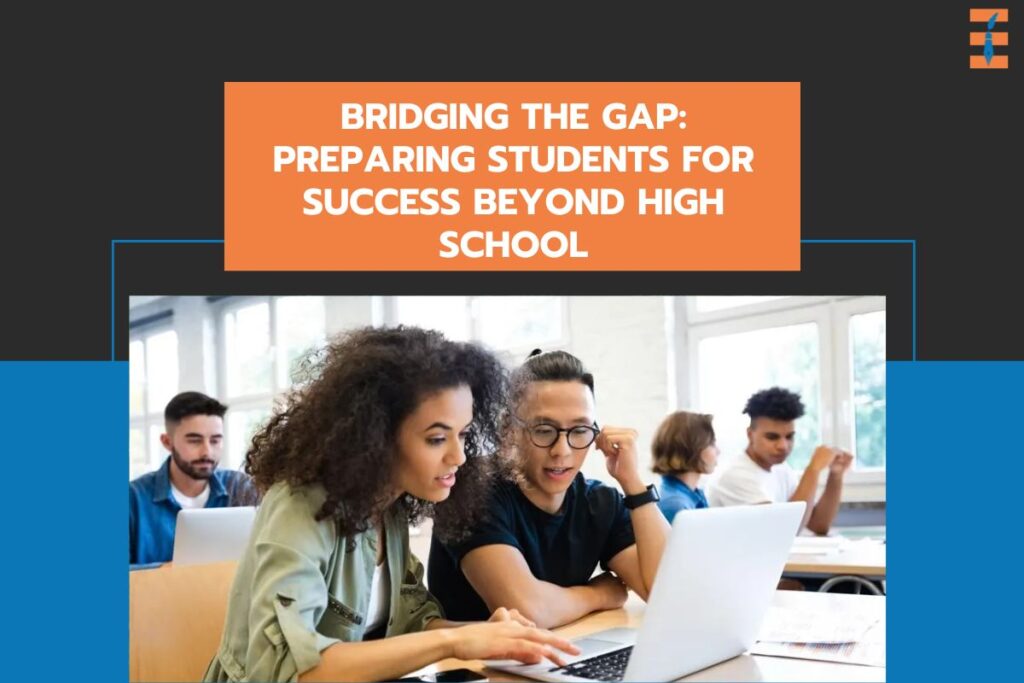Source – www.forbes.com
The Case for Vocational Training in High Schools
Rahm Emanuel’s July 3 Opinion column, “How schools can zero in on dropouts,” highlights an initiative aimed at better preparing high school students in Chicago for life after graduation. The program requires students to present an educational or vocational plan to receive their diploma, offering advanced academic opportunities and counseling to boost graduation rates and college enrollment.
For public high school students, the importance of vocational training cannot be overstated. Alongside academic enrichment programs like Advanced Placement, vocational training provides students with essential career-related skills through real-world experiences. This approach not only offers a concrete path to employment but also motivates students to complete high school and pursue further education if their desired jobs require a degree. Many vocational programs offer dual credits, benefiting students with both high school and college credits, thus encouraging them to finish high school and continue to postsecondary education.
Mentorship programs, created through partnerships between high schools and local institutions, are vital for connecting students with professionals in their fields of interest. These opportunities allow students to acquire practical skills in engaging environments outside the traditional classroom. Combining advanced academic opportunities and career counseling with vocational mentorship programs can more effectively encourage students to seek employment and provide a clearer vision of their future career paths.
The Value of Skilled Trades and Vocational Education
The discussion around the value of vocational education is not new. Darnell Epps’s June 25 op-ed, “I went to Yale and to trade school. What’s more useful?” underscores the distinction between credentials and practical learning. Epps’s journey, which includes a juris doctor degree from Yale and a diploma in manufacturing technology, highlights the untapped potential of skilled trades. His experience reaffirms the importance of machinists, welders, and other tradespeople, who are essential to the economy.
As a retiree from the Labor Department’s Employment and Training Administration, with over 30 years focused on job opportunity strategies, I resonate with Epps’s perspective. My career began teaching English at a vocational high school in New York City, and my child is a Yale Law School graduate working for the New York City government. Epps’s belief in the prosperity of skilled trades is shared by many, including myself, who have seen firsthand the value of vocational education.
The integration of vocational training in high schools can nurture a new generation of workers ready to thrive in advanced manufacturing and other skilled trades. This approach not only bridges the gap between academic and practical knowledge but also supports a robust and dynamic workforce that is essential for economic growth.
The Long-Term Benefits of a College Degree and DEI Programs
Despite challenges in the job market, the value of a college degree remains significant. The Post’s June 17 article, “A diploma in hand, but no foot in the door,” emphasizes that college graduates, though they may take longer to secure their first jobs, ultimately benefit from higher wages and better employment opportunities. As labor expert Harry Holzer notes, the long-term reality is that holding a bachelor’s degree is a strong predictor of securing a good job.
Diversity, equity, and inclusion (DEI) programs also play a crucial role in economic and social development. These programs, as highlighted in The Post’s June 27 article, “Conservative lawsuits undo diversity programs,” help fuel local economies by supporting individuals impacted by the justice system. By providing training and employment opportunities, DEI programs reduce recidivism and promote economic mobility, creating stronger communities. Companies benefit from a well-prepared workforce tailored to industry needs, ensuring motivated and skilled employees.
However, DEI programs are not without controversy. Theodore R. Johnson’s June 28 op-ed, “Meet Dr. DEI, a new personification of old right-wing grievances,” discusses the polarized views on these initiatives. While some argue for their necessity in promoting equity, others believe that the approach needs re-evaluation. The Supreme Court’s decision to disallow race-based considerations in college admissions reflects this ongoing debate.
In conclusion, a balanced approach that incorporates vocational training, the value of higher education, and the benefits of DEI programs can prepare students for success beyond high school. By embracing these strategies, we can create a more inclusive, skilled, and adaptable workforce ready to meet the challenges of the future.

